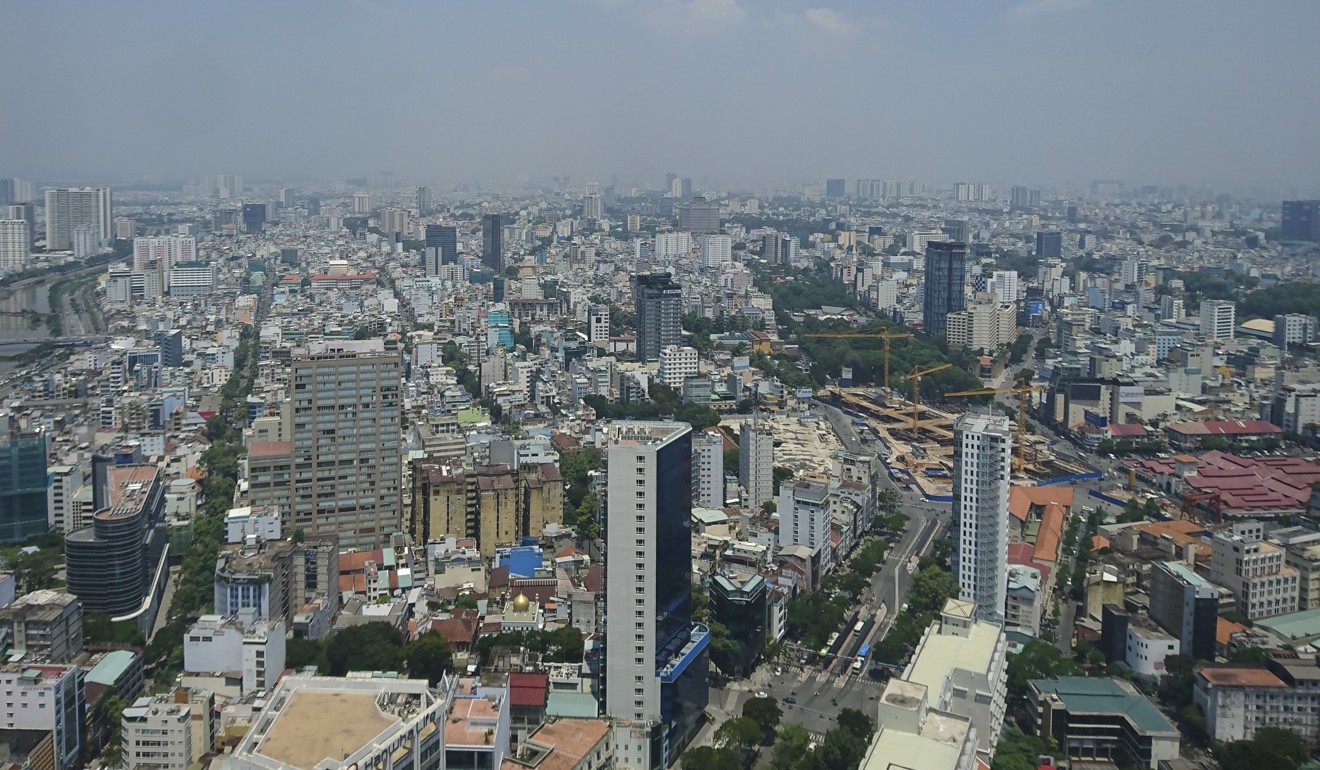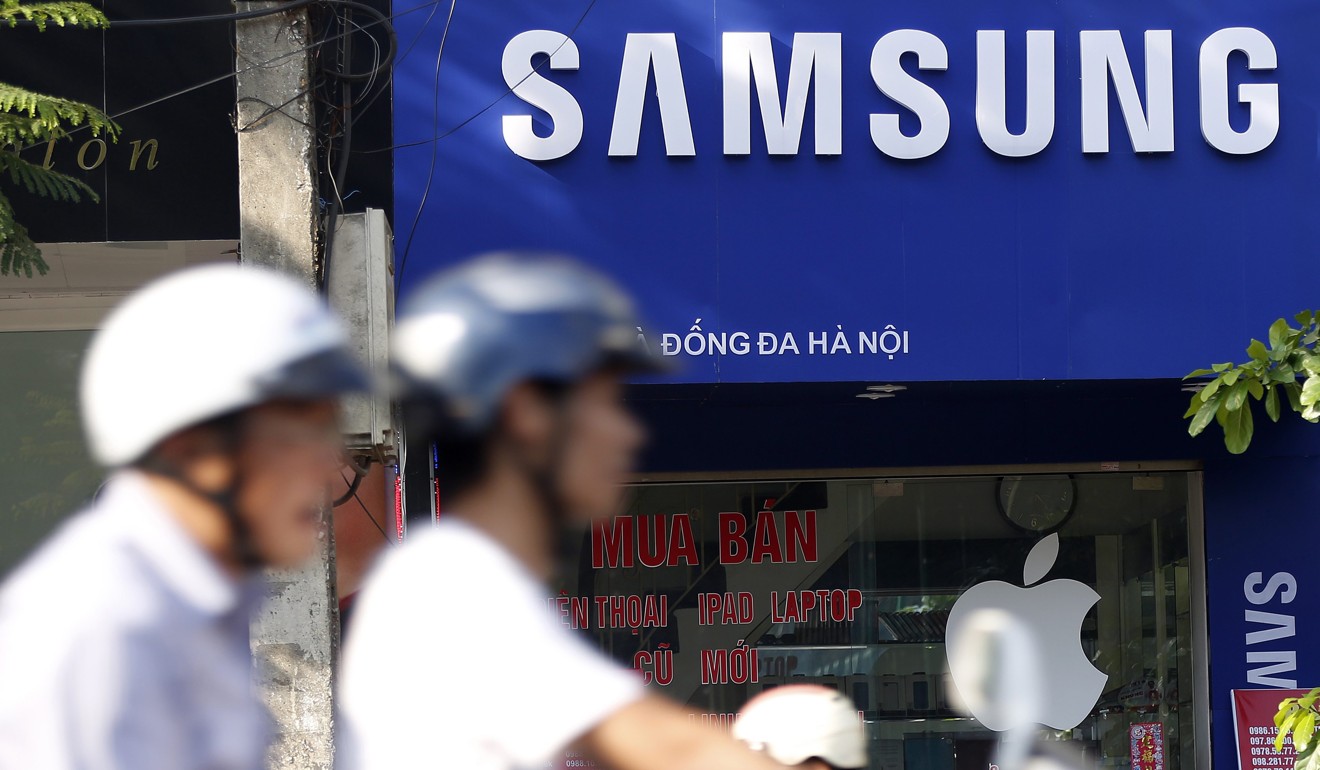
The party may have ended for Vietnamese large caps, but there’s value to be found in small stocks
Some fund managers are still optimistic about returns from Vietnamese equities even after the market has cooled somewhat from its heady days in 2017
Investors are beginning to question if Vietnam’s stock market can replicate the 48 per cent growth registered last year after it lost 12 per cent in April – its worst monthly performance this year – despite a roaring economy and IPO market.
Vietnam’s first-quarter GDP growth hit 7.4 per cent, the highest in a decade.
Vinhomes, the residential property arm of conglomerate Vingroup, raised US$1.35 billion in an initial public offering earlier this month, the biggest in the country’s history, surpassing the US$922 million Techcombank IPO in April.
But with 10-year US treasury yield rising to above 3 per cent since April, the highest in four years, there are fears that the previous fund flows hunting for high yielding emerging markets assets – including Vietnamese equities – might begin to retreat.
Even after ignoring such external factors, some investors are concerned that Vietnamese equities’ valuations are getting pricey. They are trading at 17.86 times estimated earnings for 2018.

Andreas Vogelsanger, chief executive of Asia Frontier Capital (Vietnam), said the high valuations of Vietnamese stocks are a legitimate concern, but that might well be limited to the top 12 to 14 index heavyweights.
He still sees value from mid- to small-cap stocks, which are trading at 9.5 times trailing PE and a dividend yield of 7 per cent.
“The valuations of the top 12-14 index heavyweights got to unrealistic levels [in the] nine months before the April correction,” said Vogelsanger. “The growth expectations for these companies are not afforded by their earning multiples. But apart from the 12-14 large caps which drove up the Ho Chi Minh VN Index, the broader market has not participated in this rally.”
Vogelsanger said the gradual shift of manufacturing into Vietnam from other countries such as China has fuelled growth of foreign direct investment over the last three years to record high.
FDI disbursement reached a record high of US$17.5 billion in 2017. For the first quarter of 2018, FDI disbursement was up 9 per cent year on year.

South Korea’s Samsung Electronics, for example, runs the largest smartphone production base in Vietnam and employs more than 100,000 people.
Such foreign investment into Vietnam’s manufacturing, as well as the infrastructure sector, is fuelling the country’s fast growing middle class, he said, adding that this will in turn encourages consumers to spend on financial services such as insurance.
The World Bank expects Vietnam’s middle class, which accounts for 13 per cent of the 95 million population to grow to 26 per cent by 2026.
All these positive macroeconomic factors bode well for mid- and small-cap Vietnamese stocks, Vogelsanger said.

